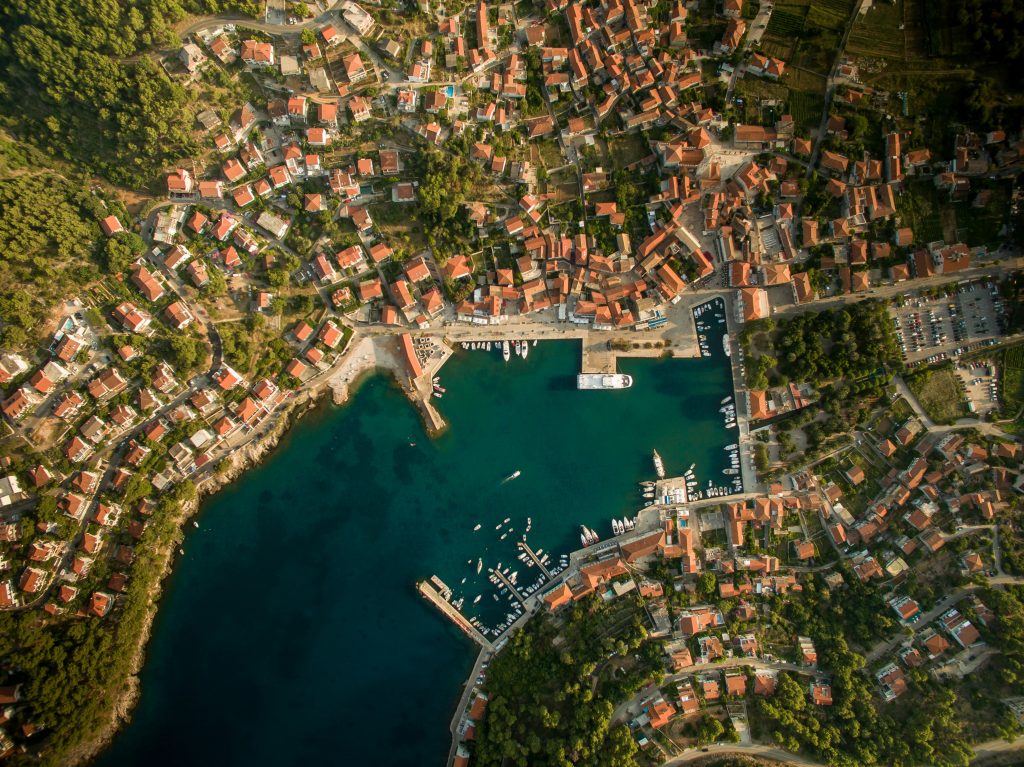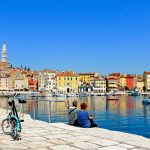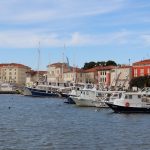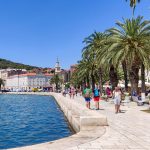July the 16th, 2024 – One concerning Croatian tourism analysis has highlighted the fact that the country’s strongest economic branch is still very much plagued by old, unresolved problems.
As Poslovni Dnevnik/Sinisa Malus writes, statistically speaking and judging by the first half of the year, this tourist season on its way to breaking a few records. It seems as if we’ll finally catch up with the much-dreamed-of record year of 2019, at least judging by the first six months of this year.
In the first half of the year, 7.2 million tourists came and stayed in various destinations across Croatia and realised 28.1 million overnight stays. That is six and two percent more respectively than in the same period last year. The Croatian Tourist Board (HTZ) reported the above, adding that more than 700,000 tourists are currently staying in the country.
That all means that Croatian tourism is now entering the very height of the main summer part of the tourist year with positive trends and excellent tourist traffic results from the first six months of 2024, according to HTZ.
what do the croatian tourism comparisons say?
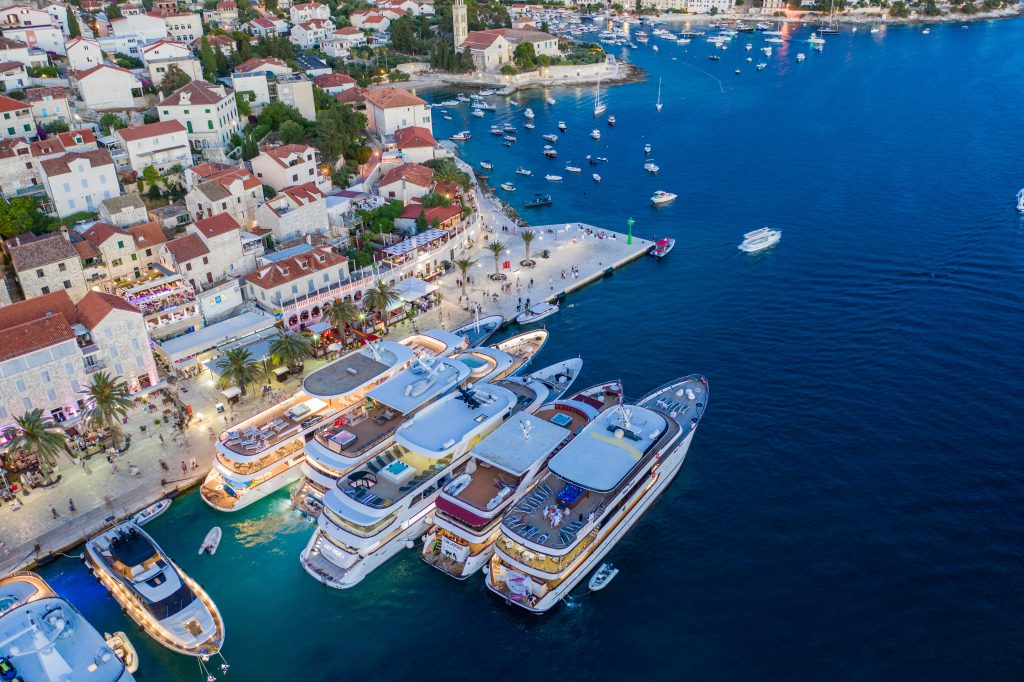
The other more than 2.3 million overnight stays refer to those realised in the continental part of the country, which represents a total plus of seven percent compared to the first half of 2023. Approximately half of those overnight stays (1.2 million) were realised in the City of Zagreb alone, for which there’s been a marked increase of eight percent.
However, according to the counties with the most overnight stays realised so far this year, Istria stands out in particular. The peninsula saw an impressive 8.4 million overnight stays realised in its destinations in the first six months of 2024. It is followed by Split-Dalmatia County with five million overnight stays realised, and Kvarner with 4.4 million. When it comes to specific destinations, Dubrovnik, Rovinj, Zagreb, Split, Poreč, Umag and Zadar enjoyed the most overnight stays. Relatively speaking, in the first half of 2024, the sum of total arrivals and overnight stays increased by 8% and 6%, respectively compared to the same period of 2023. When compared to the same period back in the record, pre-pandemic year of 2019, they increased by 5% and 10%, respectively.
In other words, one of the main expectations, which is the slowdown of tourism, has not been realised, especially when you take into account the fact that the growth of income in the last few years has been significant. Whenever we want to make comparisons as far as how well Croatian tourism is doing, we always compare it to 2019. That year is considered o be not only the last “normal” year before the coronavirus pandemic, but also a record year.
The year 2022 turned out to be quite good in terms of “normality”, but it still failed to be a “record” year. The record wasn’t broken last year either. In 2023, Croatia saw as many as 19.5 million tourists. This is 71,000 fewer tourists than in 2019 (abeit a meagre 0.36% less). As things stand now, unless a serious failure of some kind occurs in July and August, this year will be better than the pre-pandemic 2019.
confirmation from the etc
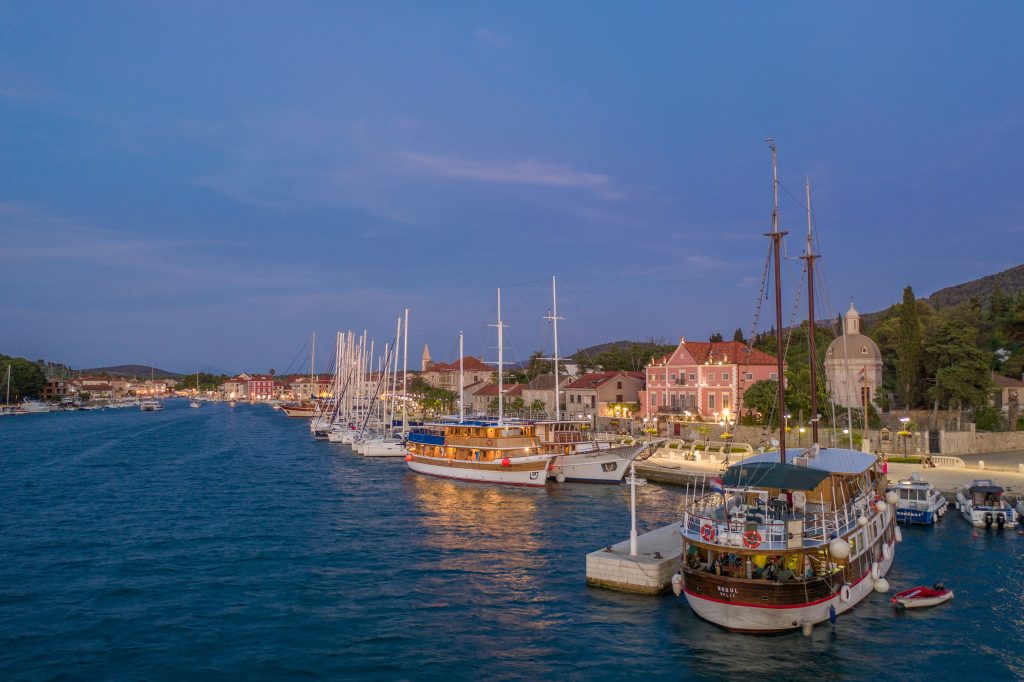
This conclusion is also supported by recent research by the European Travel Commission (ETC), published in May 2024. It conducted its research between March and April. It should be noted that none of these polls are 100% accurate, nor do they perfectly capture preferences and sentiments, but given the sample size (>4.4k people) they can give us some insights into emerging trends. In the list of preferred countries, Croatia is ranked quite low, but it must be noted that many comparable countries are significantly larger than Croatia, so this may not really be revealing the whole picture.
After all, if the aforementioned sample is taken as an indicator of the number of inhabitants alone, then 4% is more than enough tourists. It’s also in accordance with the figures we’ve seen. Another interesting piece of information is the focus on the destination in question, which divides the survey participants into repeat visitors to the country, those who have visited in the past but won’t this year, and visitors who might visit it for the first time.
negative sentiments and croatian tourism
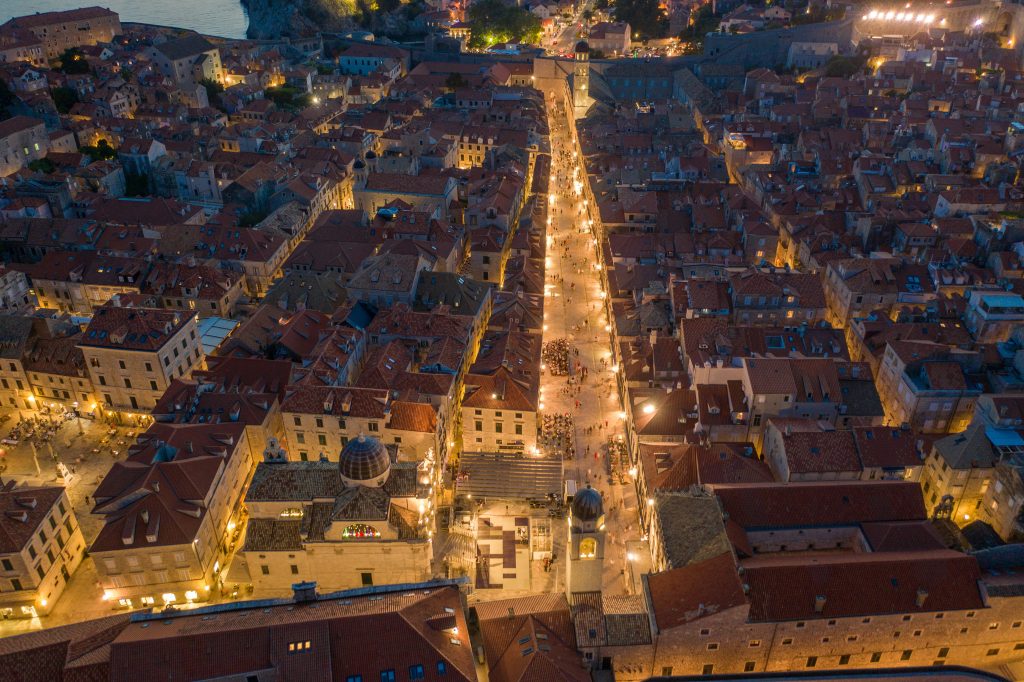
Here, we can actually see some of the first signs of negative sentiment towards Croatia in general, i.e. many tourists who have already visited it will not visit it this year. The reason why this is so may be hidden in the information about planned travel budgets. As we can see from ETC’s research, there has been a significant reduction in the lower budget allocation, while at the same time the largest increase lies within the 1,001 to 1,500 euro range. Looking at most of the other categories, apart from the 2,001 to 2,500 euro range, changing by one percentage point, things have generally remained the same.
“That can mean a couple of things for Croatian tourism: Firstly, the increase in the lower budget indicates that people are, at least on average, willing to spend more. However, the rise towards the mid-size budget indicates that while there has been an increase, people are still looking towards more affordable options. After all, for an annual holiday totalling one or two weeks, it’s unlikely that (in Croatia, for example) people would be able to cover all of their expenses with this kind of budget,” Intercapital analyst Mihael Antolić revealed.
That brings us to the second main point. Although budgets have (on the whole) increased, surveys show that the trend is leaning more and more towards affordability. In fact, if we read more about the ETC survey, 22.3% of respondents claim that inflation is the main problem, followed by 16.6% stating that the economic situation and personal finances are an issue. 11.8% state that their main problem is the ongoing war in Ukraine, with 10% saying the potential impact on travel security due to tensions in the Middle East is their top concern.
inflation and finances are the top issue for croatian tourism
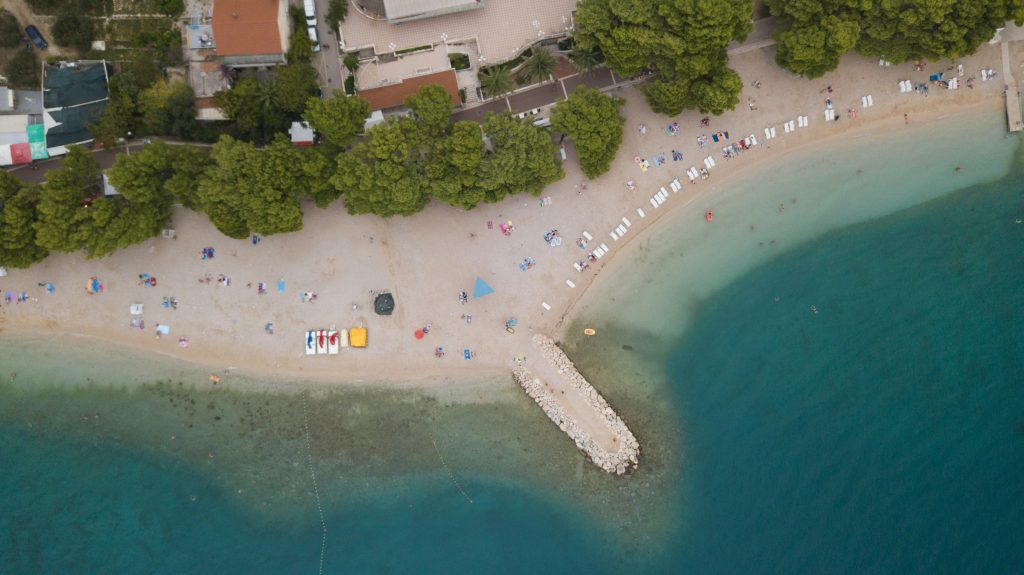
In other words, inflation/personal finance/available funds and security are the main obstacles Croatian tourism has to try and tackle. “Although Croatia has been known throughout its history as one of the safest countries in the entire world, inflation and price growth are certainly two of the problems that affect tourists the most when choosing where to spend a holiday. Over the last few years, we’ve seen a steady increase in the focus on higher-end and luxury tourism, both by hotel companies and private accommodation owners.
Although this has proven to be stable so far, with higher revenues and profits compared to 2019, even with the same number of arrivals and overnight stays, this could pose a problem in the long term, claimed Intercapital analyst Mihael Antolić. Croatia has always been known for being quite accessible, offering mostly excellent weather, beautiful landscapes and relaxation, although in the last few years, the amount of content and events has been increasing.
“Moving to a higher-end level would result in higher revenues and profits in the short term. However, if these sorts of stories about how Croatia isn’t as affordable as it once was continue, especially in the foreign press, then things could suffer. The same is true if people see that there are other opportunities with more competitive prices elsewhere across the Mediterranean.
With that being said, and given these long-term trends, will we have to wait a few more years for a new Croatian tourism record? This time, will we not have a shock pandemic to comfortably justify the decline? Time will give us those answers”, concluded Antolić. It can therefore be concluded that price growth was tolerated this year and last year, but it will be difficult to justify it in the future.
the plague of very high seasonality
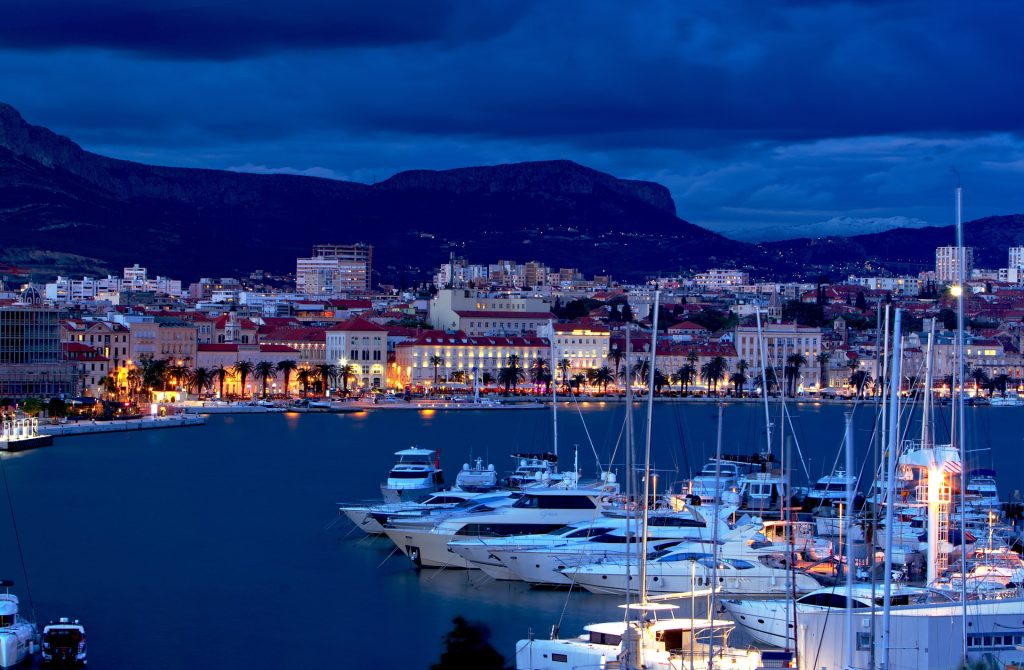
Analyses show that Croatia has the highest level of tourism seasonality in the entire Mediterranean, and unfortunately, this has not eased in the past decade, despite multiple efforts and attempts to alter things. More precisely, the share of the number of overnight stays realised in the four summer months, from June to September, has been identical over the last ten years. The disadvantageous structure of accommodation also results in a relatively low average daily consumption of tourists.
Nevertheless, over the past decade, good foundations have been laid for a new phase. Now we’re slowly seeing greener and better quality tourism than we saw before. We’re also seeing more tailoring to both guests and local people. The outcome will, of course, depend on investment trends and, ultimately, the competitiveness of Croatian tourism in the wider Mediterranean framework.
Hotels, believes Antolić, should be more careful in lowering their prices in times of low demand, because it will be a big challenge to restore their initial value in the guest’s perception. However, Croatian tourism insiders will claim that the main topic is the change of previous business patterns, meaning that sustainability and year-round tourism will be put more firmly in the foreground.
It’s to be expected that this will succeed in attracting quality investors and hotel chains that will contribute to changing the structure of accommodation capacities and investing in added value in Croatian tourism. This will also contribute more strongly to better financial results in the future, and thus valorise all the advantages brought to the nation by Schengen and Eurozone membership.
What definitely needs to be started up are more investments. At this moment in time, most of the investment in hotels across Croatia is carried out by improving the quality of existing hotel facilities, and very little in the construction of new hotels. It’s a devastating fact that only 70 new hotels and aparthotels were built in Croatia in the last ten years.

